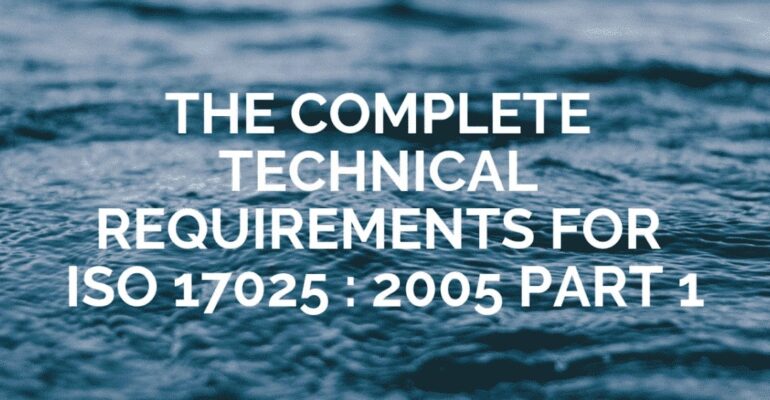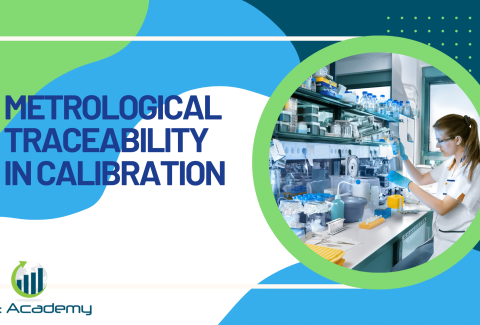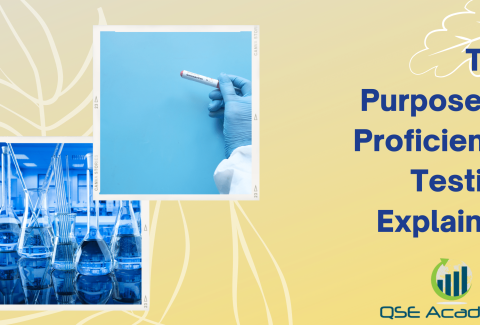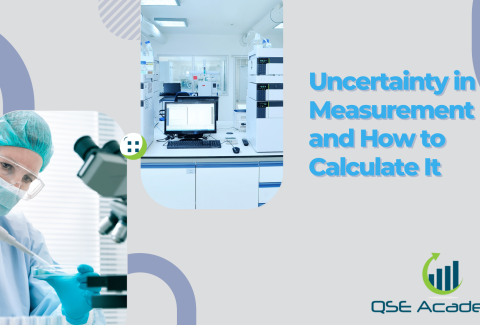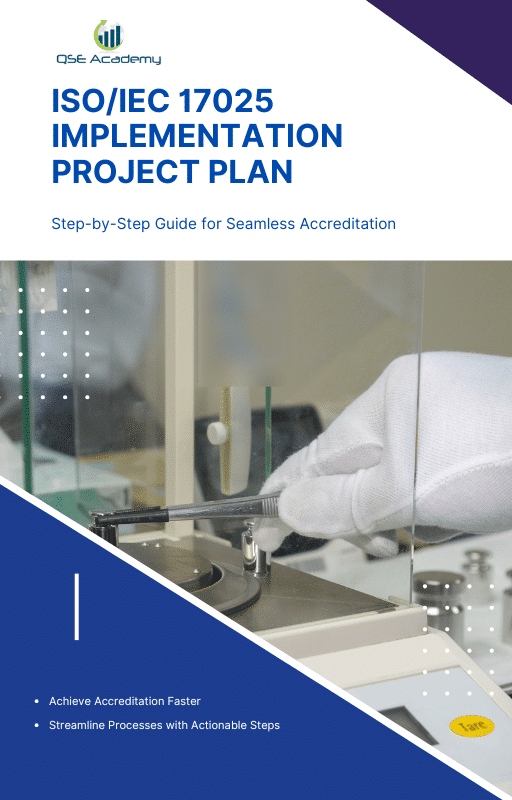The Complete Technical Requirements for ISO/IEC 17025:2005
ISO/IEC 17025:2005
ISO/IEC 17025:2005 is the international standard for testing and calibration laboratories. It’s a set of requirements those laboratories use to show that they operate a quality management system and that they’re technically competent to do the work that they perform.
AS the ISO/IEC 17025:2005 is set out in five clauses:
- Scope
- Normative references
- Terms and definitions
- Management requirements
- Technical requirements
In this series of blogs, we will discuss the complete technical requirements for ISO 17025 in detail here, so that you can take benefit of it to support your laboratory business. These technical requirements will address the competence of staff, testing and sampling methodology, equipment, and the reporting and quality of test and calibration results.
General
The technical requirements for ISO/IEC 17025:2005 standard begin with the general chapter which describes to readers the required correctness and reliability of test and calibration results which can be determined by a variety of factors.
The key points of this section will be as followed:
- All the factors implicating the quality of results should be documented, including sampling, test methods, equipment, and environmental conditions.
- The extent to which impacting factors can contribute to the uncertainty of the measurement should always be taken into account when developing calibration and test methods.
Personnel
This phase of ISO/IEC 17025:2005 technical requirement has the highest impact on the quality of test and calibration results. The “Personnel” chapter describes the key points that may impact test and calibration results and all the laboratory personnel is adequately qualified.
The mentioned points will be as following:
- Only the fully competent lab personnel should perform the required testing and calibrations. This applies to full-time and part-time employees, as well as management employees.
- The competence should be decided from experience, education, or training.
- The management should decide, define and maintain tasks, required skills and job descriptions for each job.
- Based on the current qualification and skill level of employees, and an adequate training program should be developed and implemented for each employee.
- An evaluation process should be implemented to check the effectiveness of the training program. The trainee can demonstrate adequate qualifications through successfully running a proficiency test.
- The management must authorize personnel to per to perform specific tasks in the organization.
- The management authorization data for this process should be recorded.
Accommodation and Environmental Conditions
This chapter of ISO/IEC 17025:2005 will define the calibration and test area environment the effects the measurement accuracy.
The key points are as following:
- Environment conditions should not adversely affect the necessary quality of tests.
- The laboratory should thoroughly monitor control and record environmental conditions. For biological sterility, special attention should be paid.
- Laboratory areas with incompatible activities should be separated.
- Authorize personnel should only get access to the test and calibration area.
Looking for More Resources on ISO 17025?
If you found this article helpful, explore our premium resources designed to help you achieve ISO 17025 certification efficiently:
- 📦 Complete Documentation Package for ISO/IEC 17025 2017: Get all the essential templates and documents you need for fast, easy implementation.
- 🎓 Online Course on ISO/IEC 17025 2017 : Enroll in our comprehensive training to master the key concepts and practical steps toward certification.
- 📋 ISO/IEC 17025 2017 Checklist: Download our detailed checklist to ensure you’ve covered every step of the process.
These resources are tailored to meet your needs and ensure a smooth certification journey. Explore them today and get one step closer to success!

